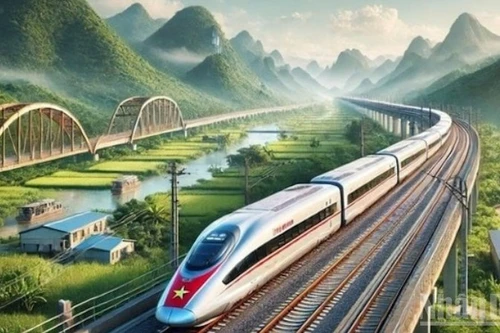


Implementing major resolutions of the Politburo and the Government on institutional reform, the Ministry of Finance is rolling out a coordinated programme to cut business conditions and simplify administrative procedures, aiming to reduce compliance costs and time, improve the investment and business climate, and promote sustainable growth.

“Make in Viet Nam” is entering a phase of strong transformation, as digital technology enterprises move beyond outsourcing to proactively master technologies and develop products aligned with the real needs of people and the global market.

With outstanding achievements in economic scale, growth momentum and innovation capacity, Ha Noi is steadily asserting its position as one of the country’s leading centres of economy and science. The results recorded during the 2020–2025 term show that the capital city is entering a phase of strong, sustainable and increasingly modern development.
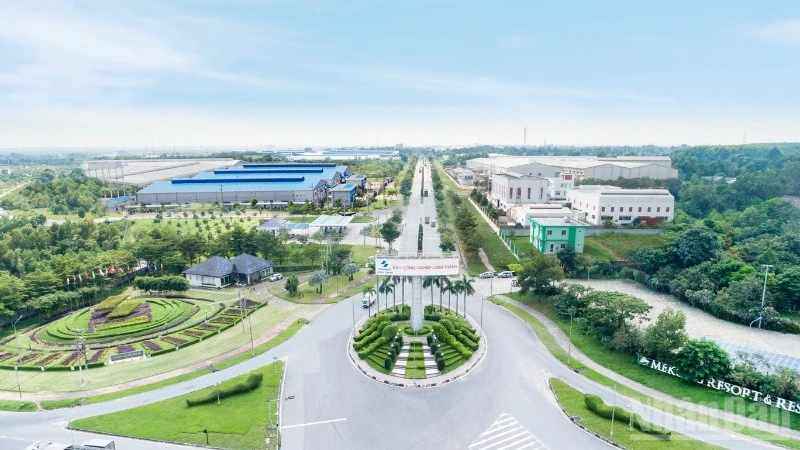
The Ministry of Finance, in coordination with the United Nations Office for Project Services (UNOPS), organised a workshop on strategies for clean energy development and investment frameworks for provincial-level industrial zones in Dong Nai Province on December 26.
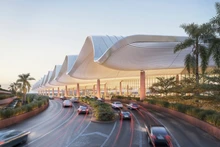
The Gia Binh International Airport project, recently approved by the National Assembly (NA), is expected to deliver Viet Nam’s first five-star “green and smart” international airport, putting it in the world’s top 10 under Skytrax criteria.
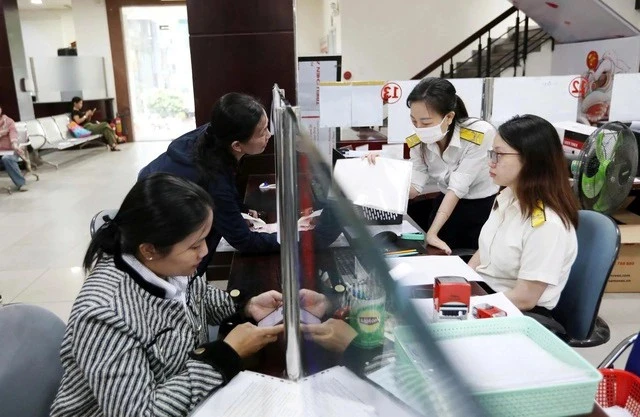
In just a few days, millions of Vietnamese taxpayers will begin to enjoy reduced financial pressure as new personal income tax (PIT) regulations, featuring higher deductions and a revised progressive tax bracket, take effect from January 1, 2026.
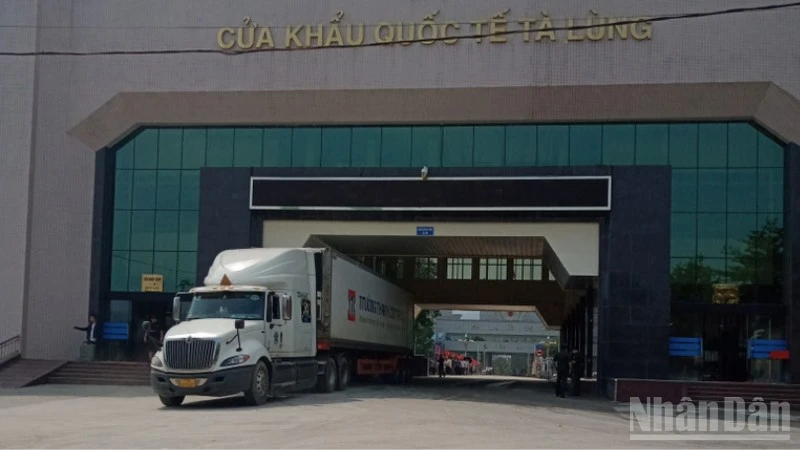
The Ministry of Construction has issued Consolidated Document No.22/VBHN-BXD, which updates and unifies regulations on vehicles, personnel, and state management responsibilities in cross-border road transport activities, in line with Viet Nam’s international commitments.
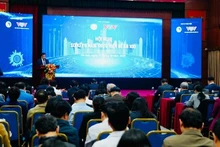
As major markets tighten requirements on transparency, sustainability, and product data, building a national traceability system based on unified standards, with cross-sector interoperability and international connectivity, is no longer an option but an urgent necessity to enhance the competitiveness and standing of Viet Nam’s goods.
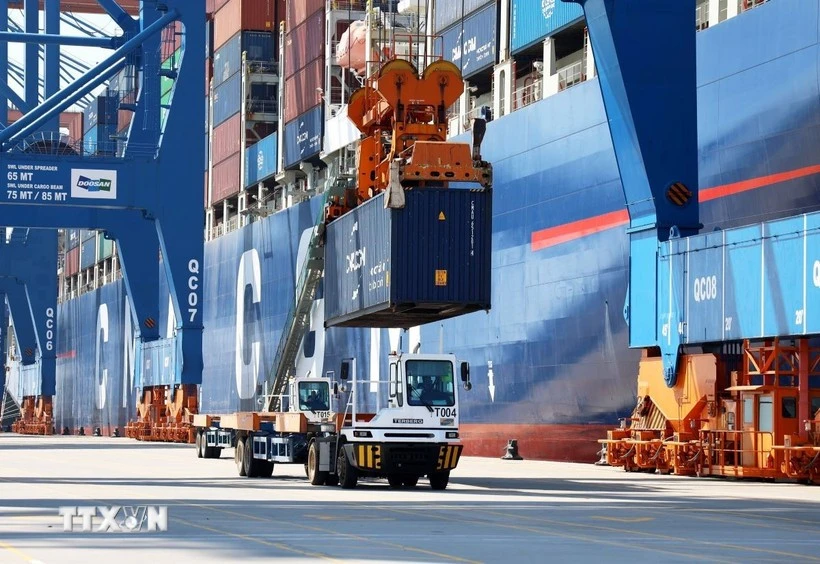
Viet Nam is aiming for double-digit economic growth in 2026, a bold move that signals the Government's unwavering commitment to tapping new drivers while making the most of its existing resources.
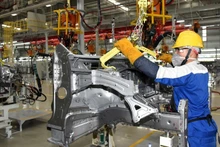
Amid increasingly fierce competition and growing demands for deeper integration into the global economy, Ha Noi is stepping up measures to support manufacturers of key industrial products in strengthening competitiveness, expanding markets, and gradually embedding itself more deeply in domestic and international production and supply chains.
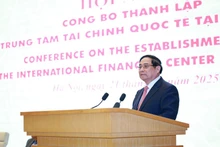
The establishment of the International Financial Centre (IFC) in Viet Nam was announced at a conference in Ha Noi on December 21, with Prime Minister Pham Minh Chinh described the move as a moment for the country to open its door wide to fintech integration and economy greening, helping it reach the developed and high-income status in the near future.
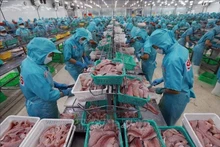
The Southern Common Market (Mercosur) and Viet Nam have launched negotiations for a preferential trade agreement, Brazilian Foreign Minister Mauro Vieira announced at the bloc's 67th summit in Foz de Iguazu on December 20.

With the growth scenario that Viet Nam is determined to pursue, capital demand for development in the coming period is set to rise sharply, with the ratio of public investment to GDP in the 2026–2030 period expected to increase to at least 8% of GDP.
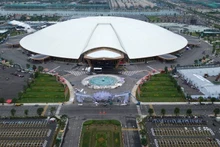
From 9:00 am on December 19, ceremonies to break ground, inaugurate, and conduct technical openings to traffic for projects and works marking the 14th National Party Congress were held simultaneously at 79 venues, both in-person and online.
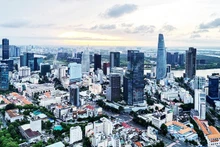
With 433 out of 438 deputies voting in favour, the National Assembly has just passed a Resolution amending and supplementing a number of articles of Resolution 98/2023/QH15 on piloting some special mechanisms and policies for Ho Chi Minh City’s development. The southern economic hub now has new, even more far-reaching special mechanisms in hand.

On December 11, 2025, the National Assembly passed a resolution amending and supplementing several articles of Resolution No.98/2023/QH15 (dated June 24, 2023) of the National Assembly on piloting some specific mechanisms and policies for the development of Ho Chi Minh City. This is considered the key to removing bottlenecks and opening opportunities for the city's breakthrough in the coming period.

In recent times, many farming households in the communes of Ninh Thanh Loi, Vinh Loi, Vinh My, Vinh Thanh, Vinh Loc, and others in Ca Mau Province have connected with each other and cooperated with local authorities and enterprises, applying science and technology to specialise in producing high-quality rice varieties, thereby meeting export standards for the US and other demanding markets.
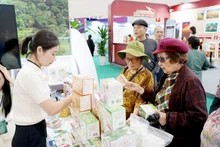
Viet Nam currently has around 36,270 cooperatives, of which more than 60% operate in agriculture. About 2,000 cooperatives have applied high technology, helping to improve productivity and product quality. With export networks reaching 190 countries and territories, opportunities for cooperative products to access international markets are considerable.

In response to new development requirements of the stock market, accelerating the equitisation of state-owned enterprises (SOEs) and initial public offerings (IPOs) by foreign direct investment (FDI) enterprises has become an important task to unlock supply and enhance the efficiency of capital mobilisation for the economy.
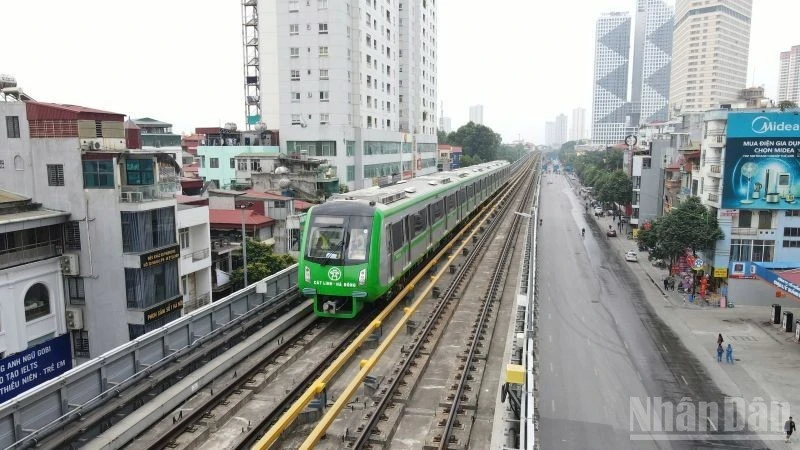
Ha Noi has been accelerating the development of a green, smart and modern urban model, closely aligned with sustainable development and the preservation of cultural identity. These major orientations have been translated into key planning frameworks, laying the foundation for the capital to continue playing its role as a driving force for the region and the country as a whole.